For the second year in a row, my wife and I went the EAA AirVenture airshow in Oshkosh. For anyone unfamiliar with it, the AirVenture is about a week long event that brings in pilots and airplanes from all over the world. During that week, Whittman Regional Airport claims to be the busiest airport in the world, based on airplane movements.
The show is a great chance to see a wide variety of aircraft, from home-builts to some of the largest planes in the world, to current and historic warbirds, and see them both up close and personal, and flying.
They also have some other things around, like this Morgan 3-wheeler. The Morgan was driven by Richard Hammond in one of the episodes of Top Gear, and happens to be powered by an engine made by S&S Performance, here in Wisconsin.
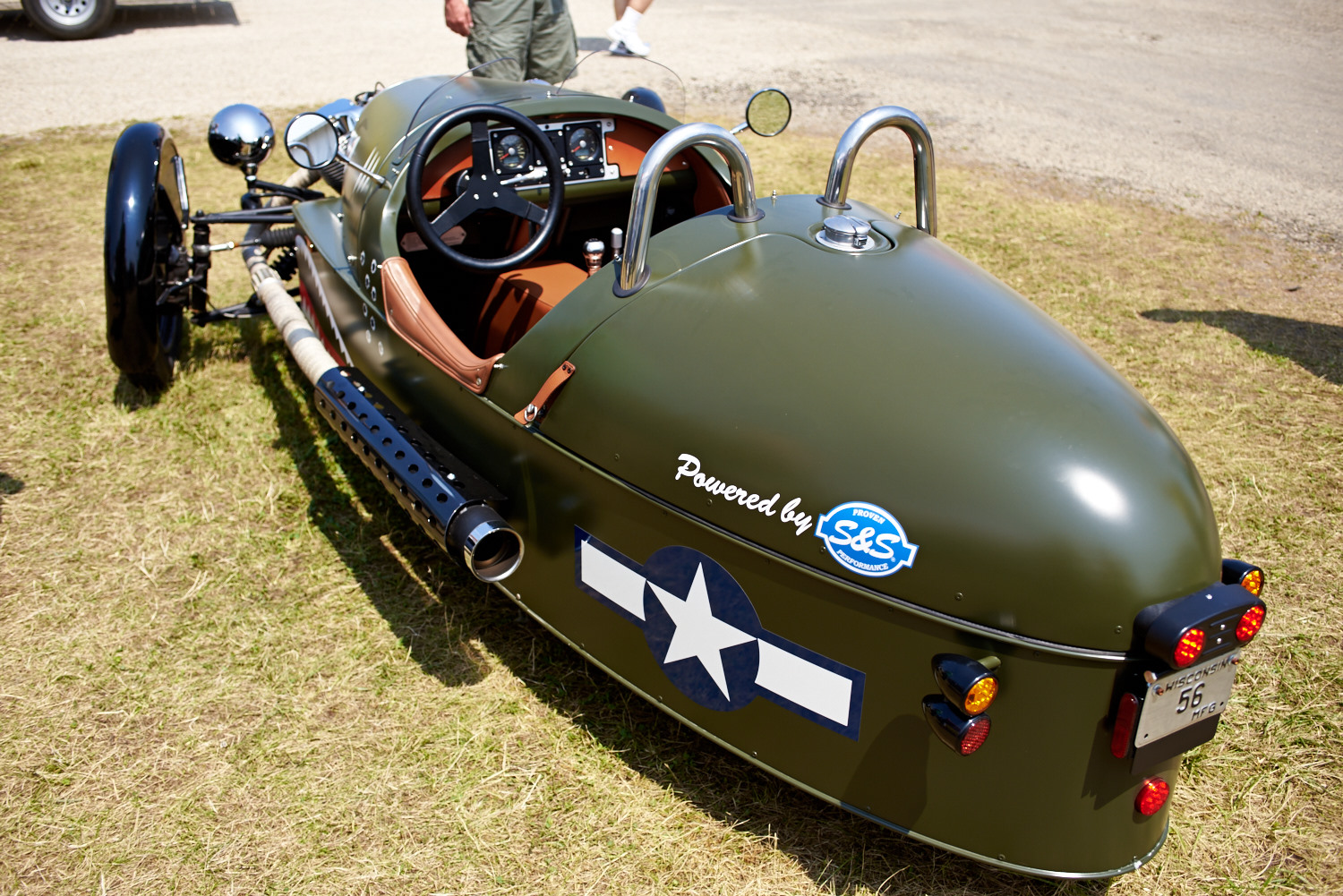
Speaking of the biggest planes in the world, the size of the C-17 is incredible. This shot captures the scale of the tail over the crowd waiting to tour it. (Corrected, previously said C-5)
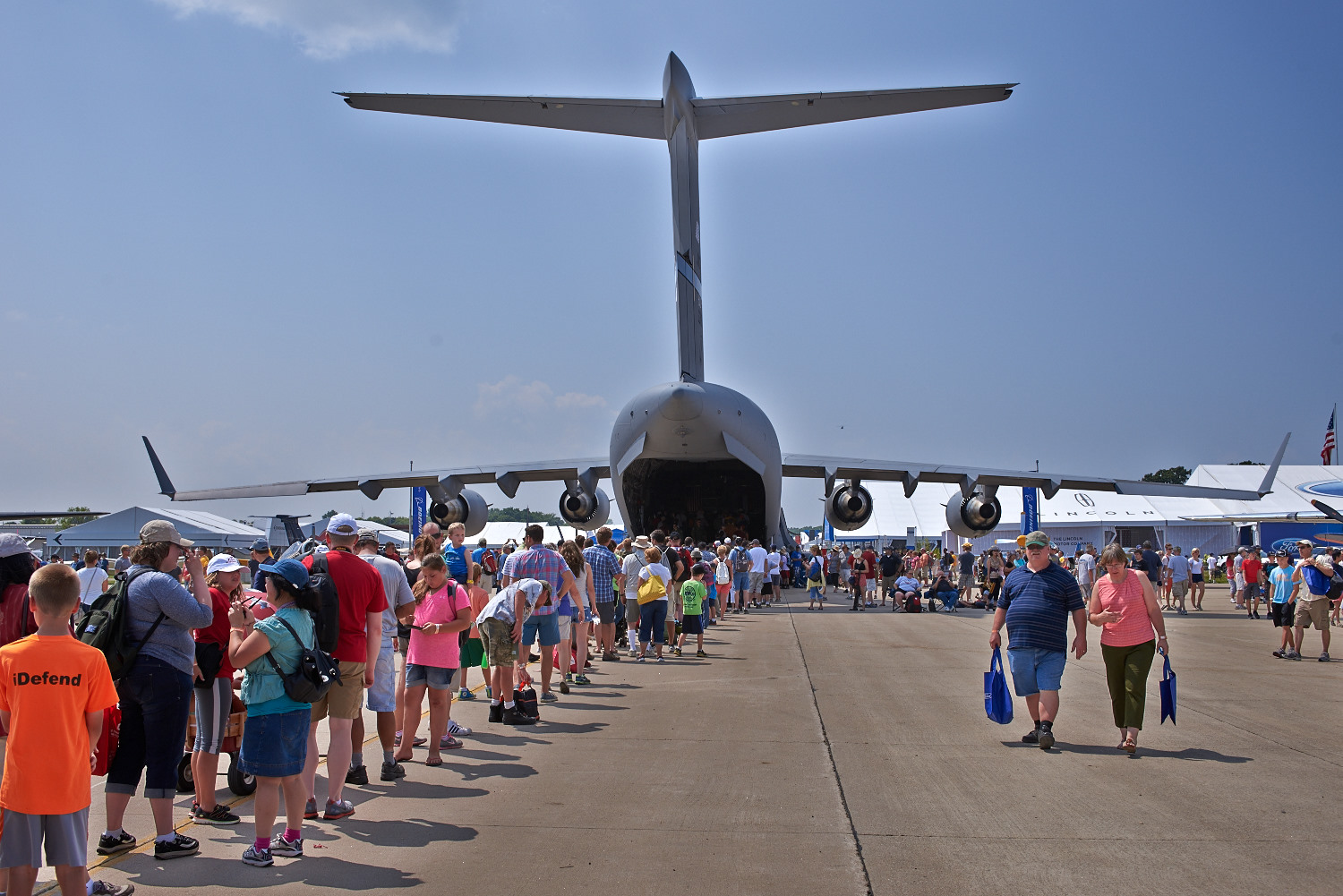
The first performer at the air show itself was Sean D. Tucker, in the Oracle sponsored Challenger III biplane.

Sean after his performance.
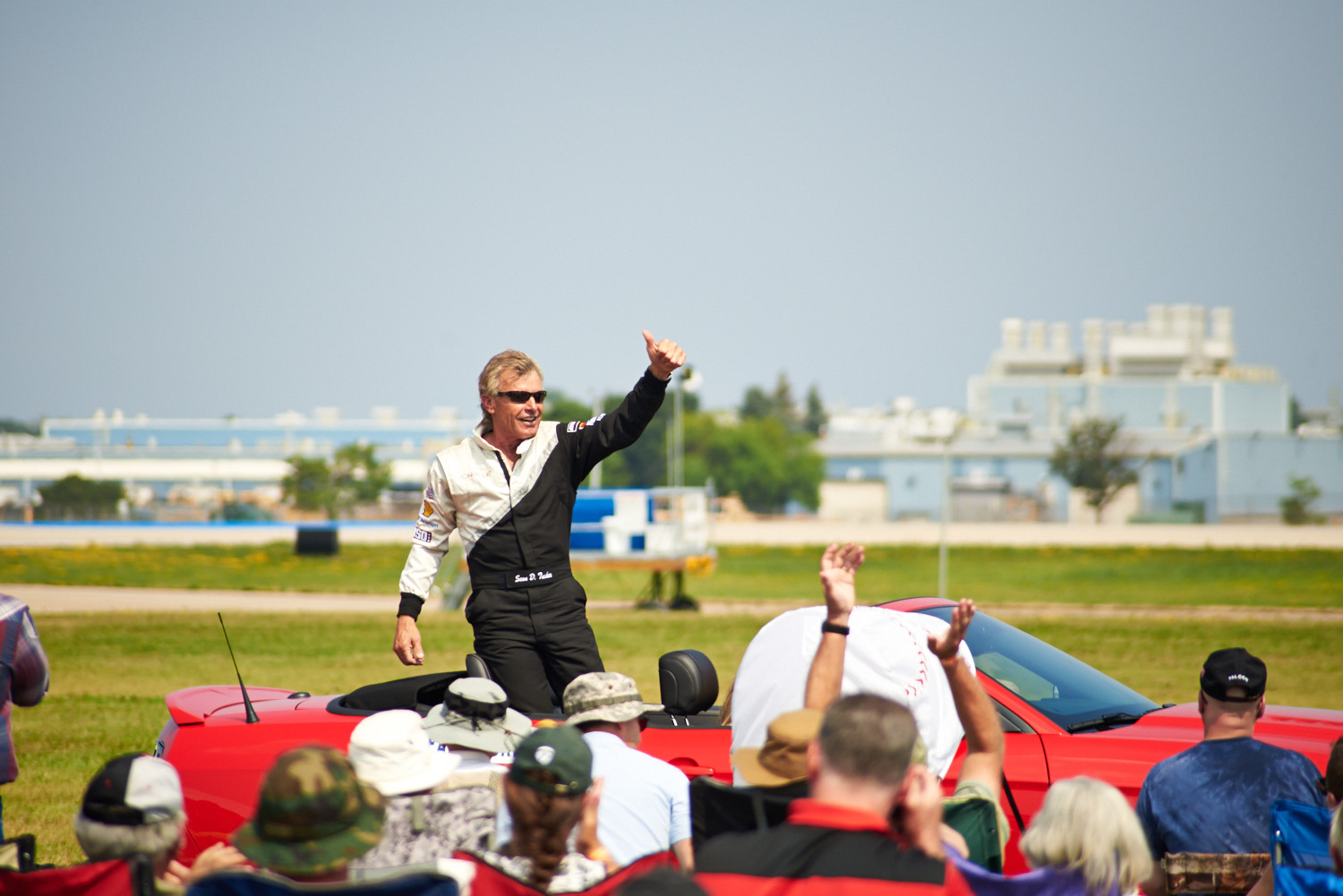
An aerobatic rated Beechcraft Bonanza, a 6-seat general aviation aircraft. Doing aerobatics in this is kind of like entering your minivan in a drifting competition. While it can’t do some of the crazy stuff purpose built aircraft like the Challenger III can, it is definitely a high performance aircraft.
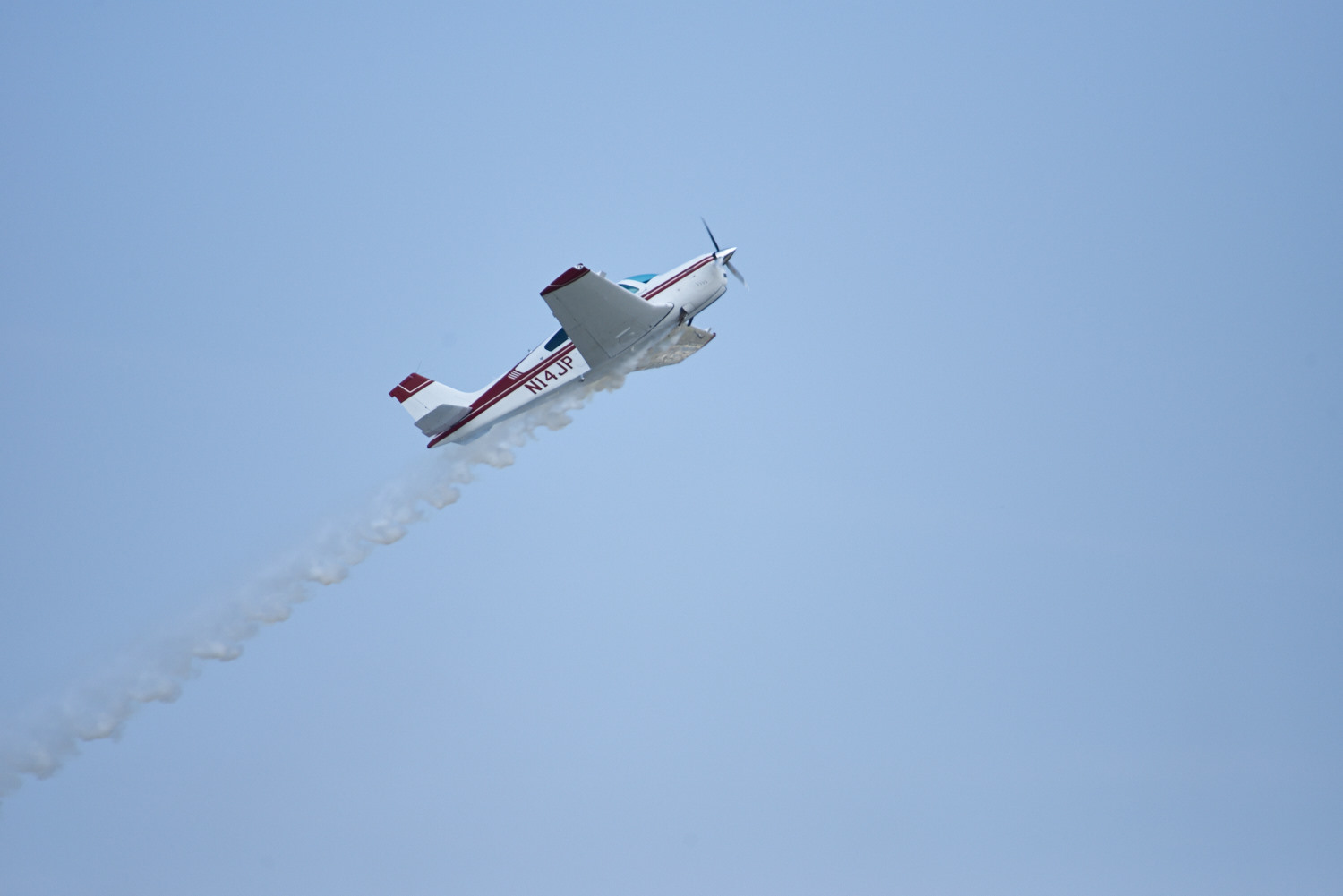
The B-24 Liberator “Diamond Lil,” one of the earliest B-24 still flying. It is one of the aircraft owned and flown by the Commemorative Airforce. As a bit of history buff, especially interested in the World War II era, I love seeing these old planes fly, and even get a little choked up seeing them, knowing what they, and the crews that flew them, have seen in combat.
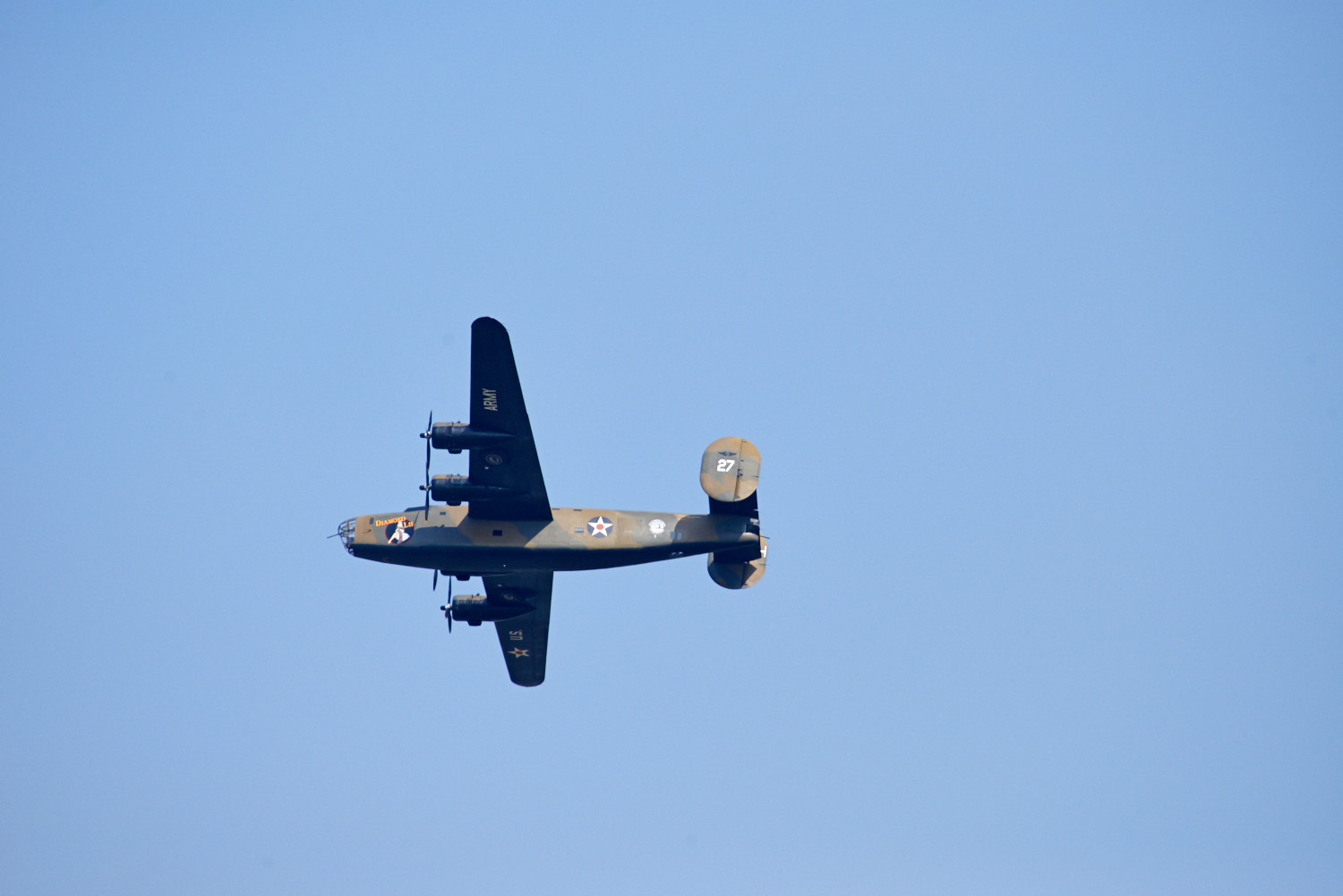
The US Coast Guard came and ran a demonstration of water rescue techniques, except the swimmer couldn’t dive from the helicopter, since it was over ground. This is the swimmer initially being lowered from the helicopter, after which the helicopter moved off, to allow the swimmer to do his work, then circled around and picked the swimmer, and would have picked up the victim with one of a number of options, such as slings or stretchers.
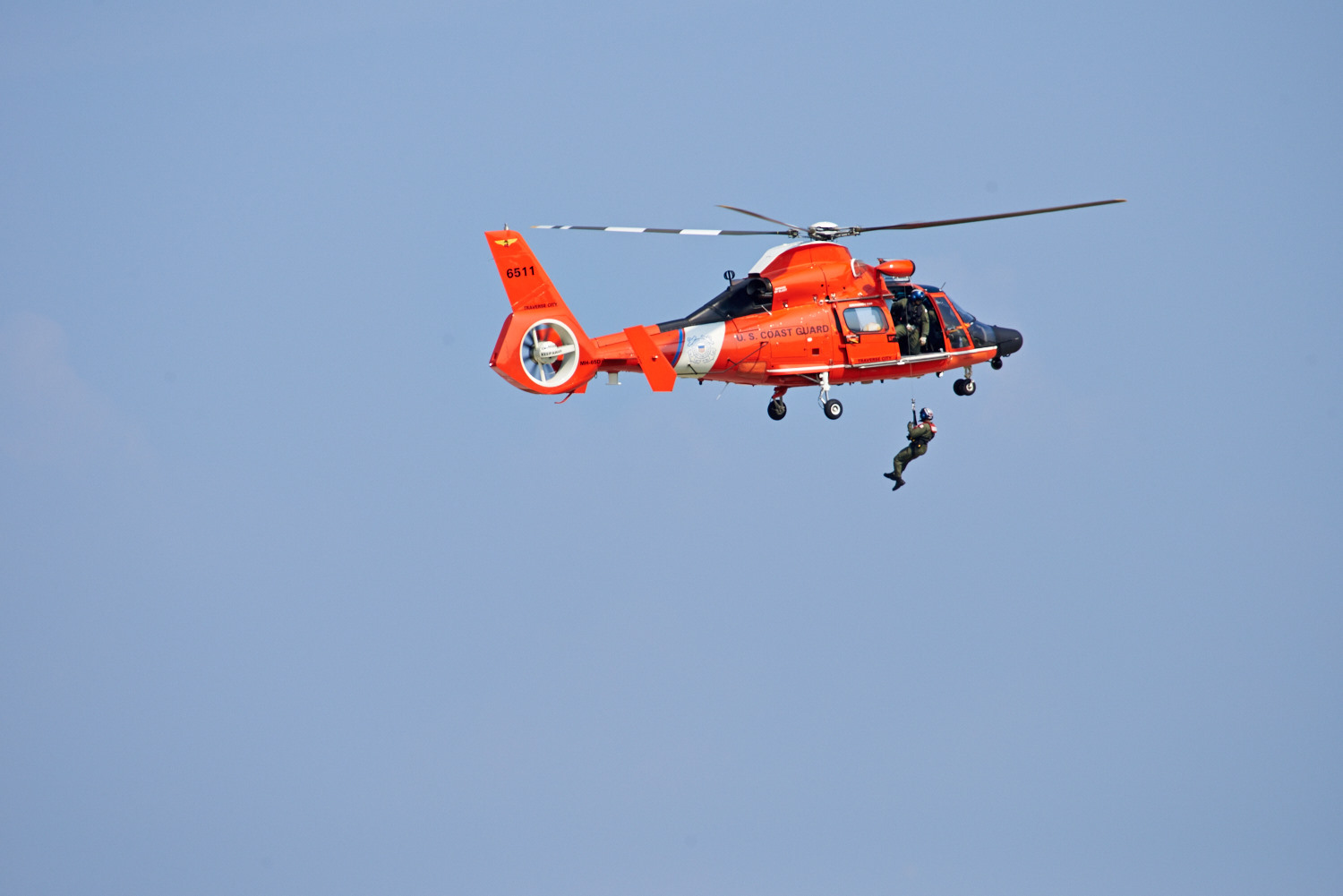
A V-22 Osprey shortly after takeoff. The Osprey has a pair of tilting nacelles with turbo-prop driven rotors. The aircraft can either take off vertically, or with a short takeoff roll, which allows for an increased capacity. Once the aircraft is in the air, the rotors are slowly rotated forward, and the plane transitions into fixed-wing flight.
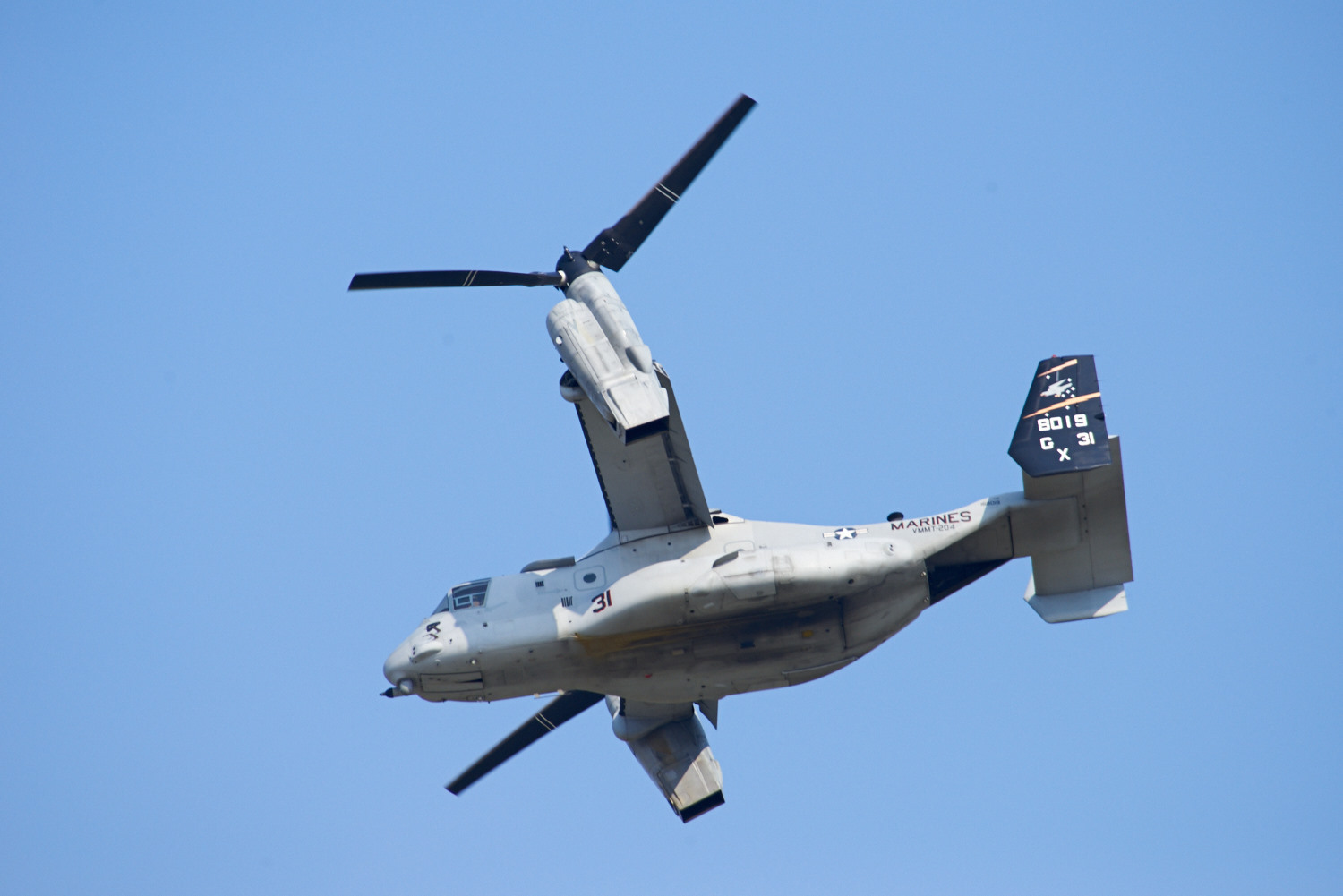
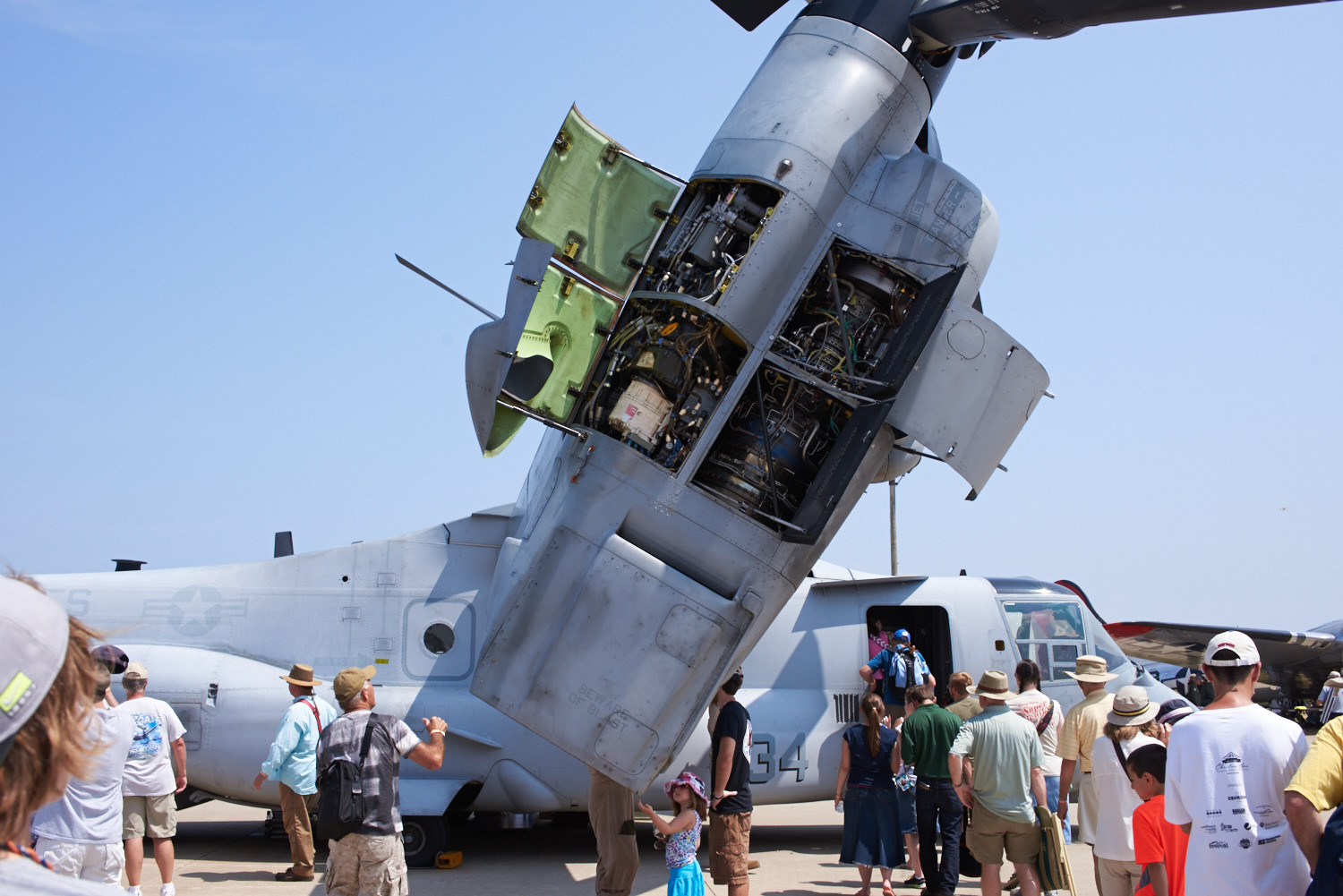
The final show was the Air Force Thunderbirds. They were not flying last year for the airshow due to budget cuts, but were back in the air this year.
The Thunderbirds were a great show. They seem to like scaring the audience by getting you to look at part of the team, and then another plane come and buzz the crowd, traveling fast enough to almost outrun their own sound, so you don’t hear them until they are right on top of you.
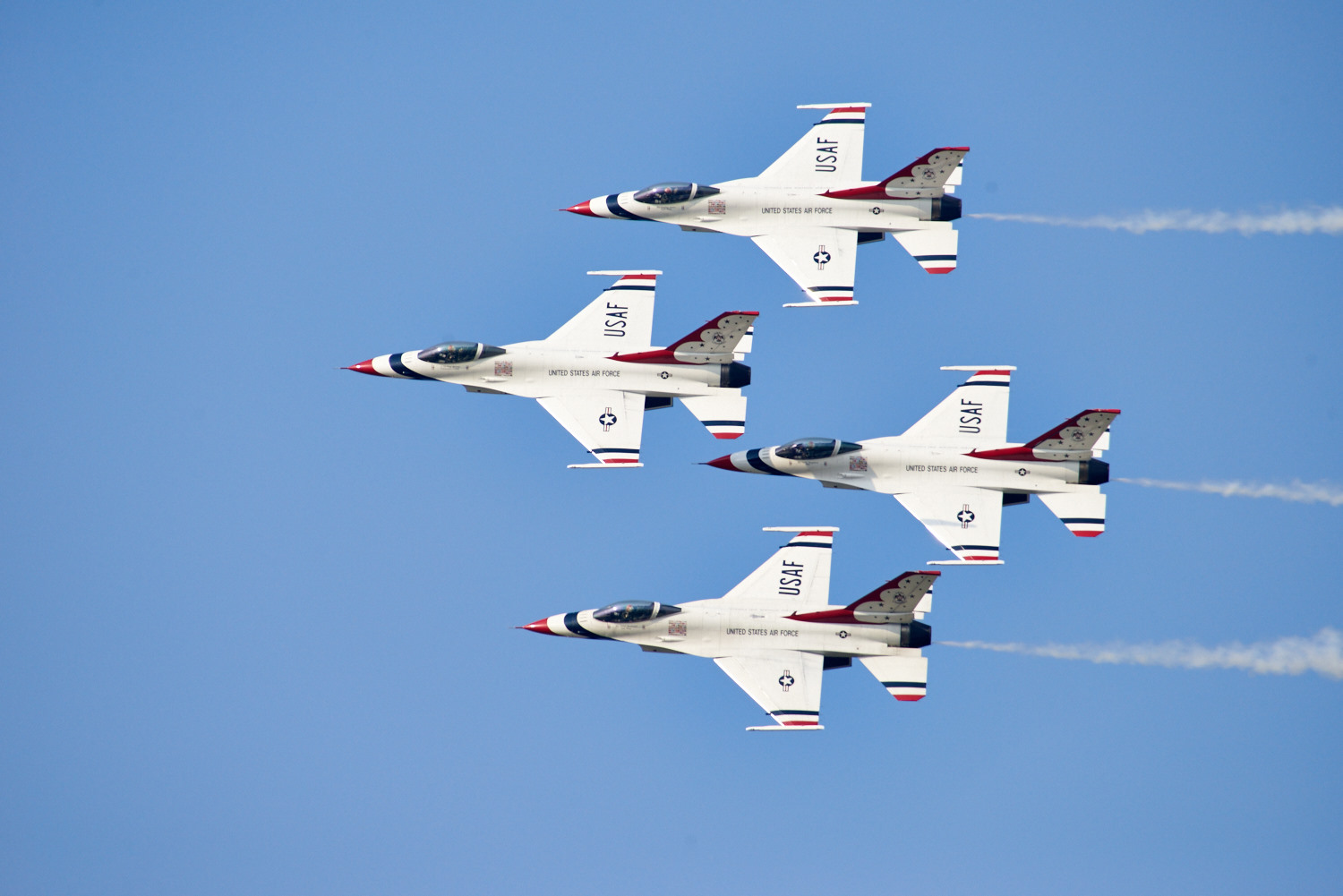
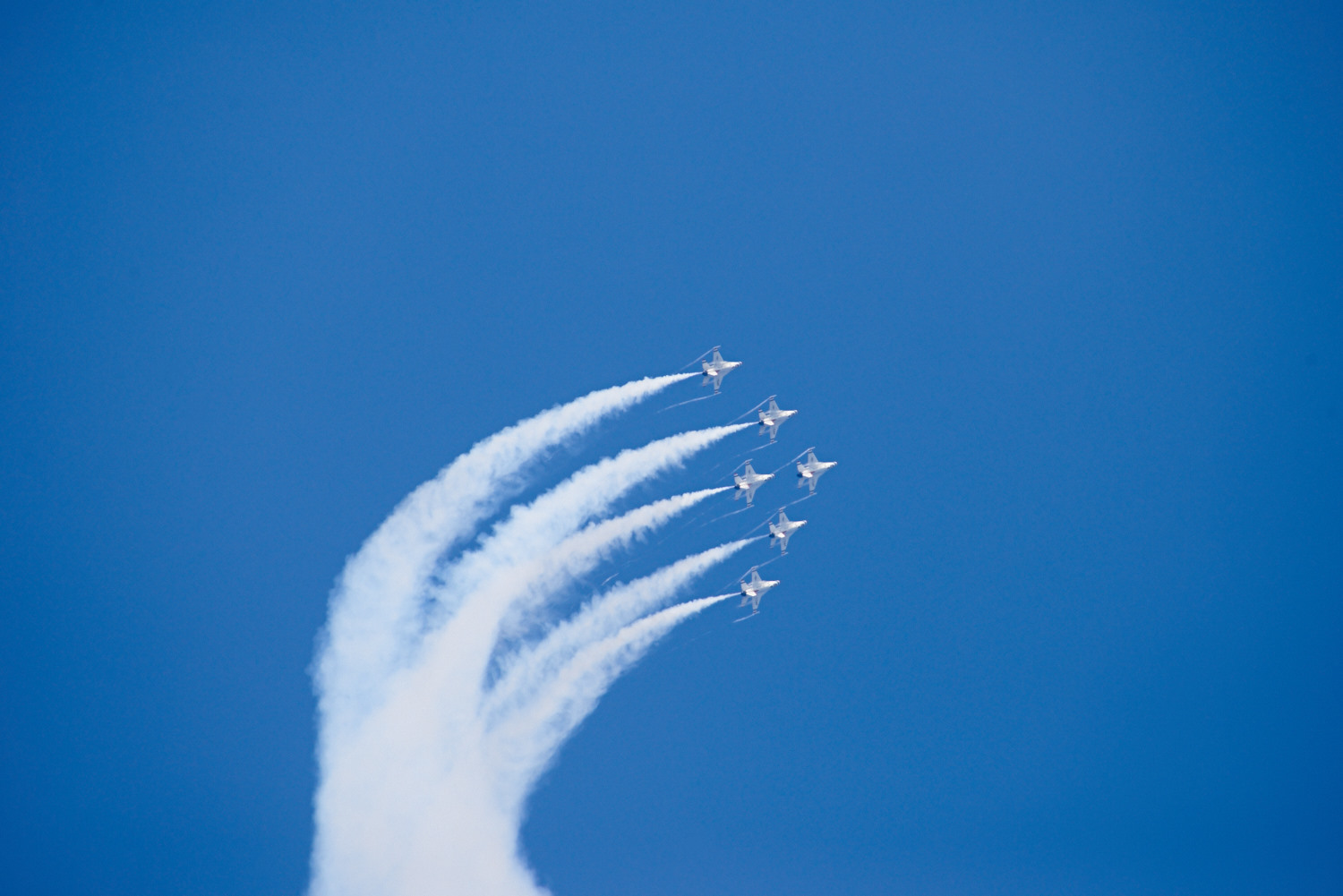
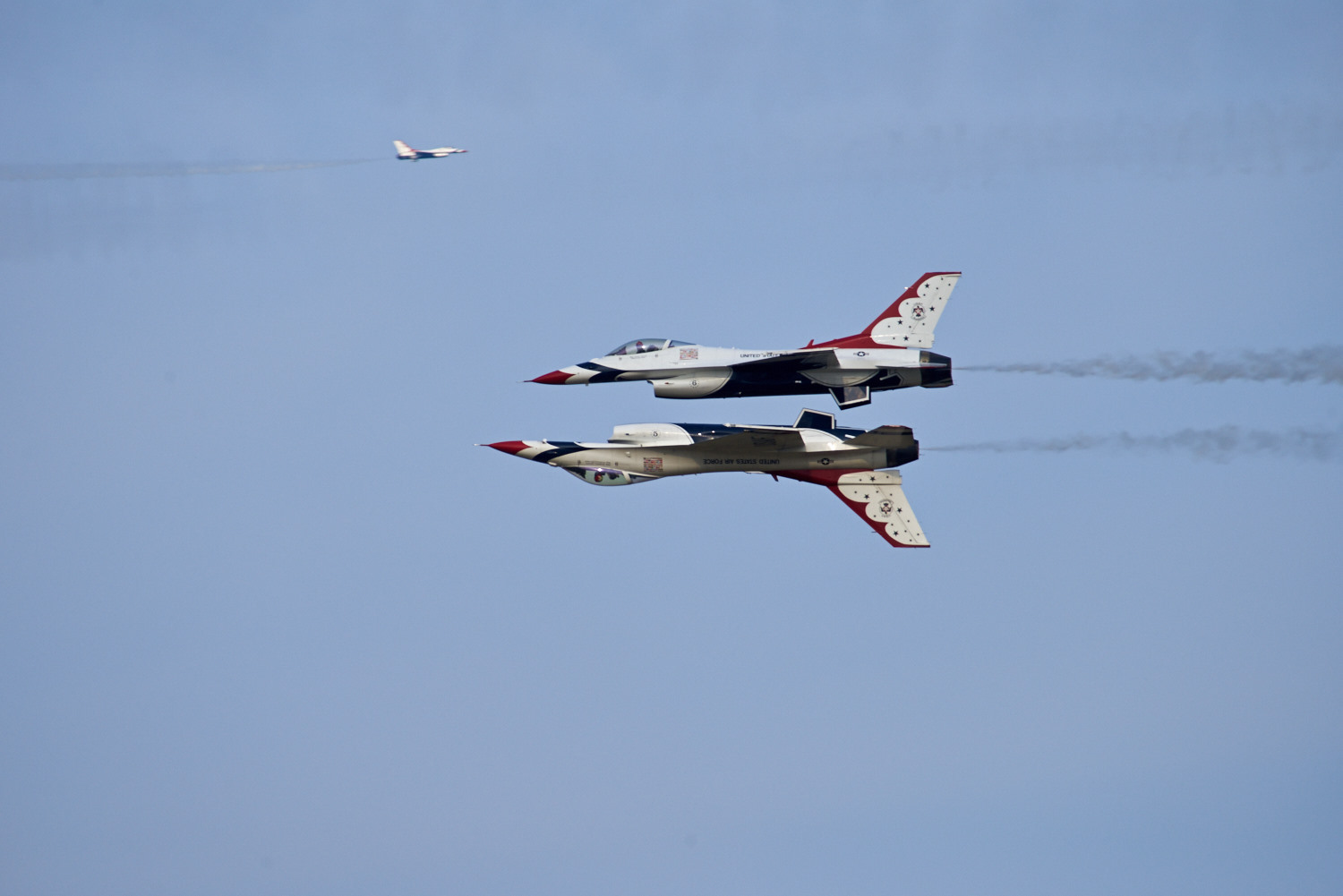
The EAA (Experimental Aircraft Association) was founded in 1953, and it’s first permanent home, after the founder’s basement, was in the Milwaukee suburb of Franklin, where I live now. They moved to their current location in Oshkosh, WI in 1983. The facility includes the EAA Museum, which houses over 200 aircraft.
I joined the EAA while we were there, since it was only $10 more to join and use the member discount than just getting tickets, and it will allow me free admission to the AirVenture museum, and a subscription to Sport Aviation magazine.
I am looking forward to visiting the museum, and more visits to the Fly In in the coming years.
Like what you see? Follow me on Twitter for updates.
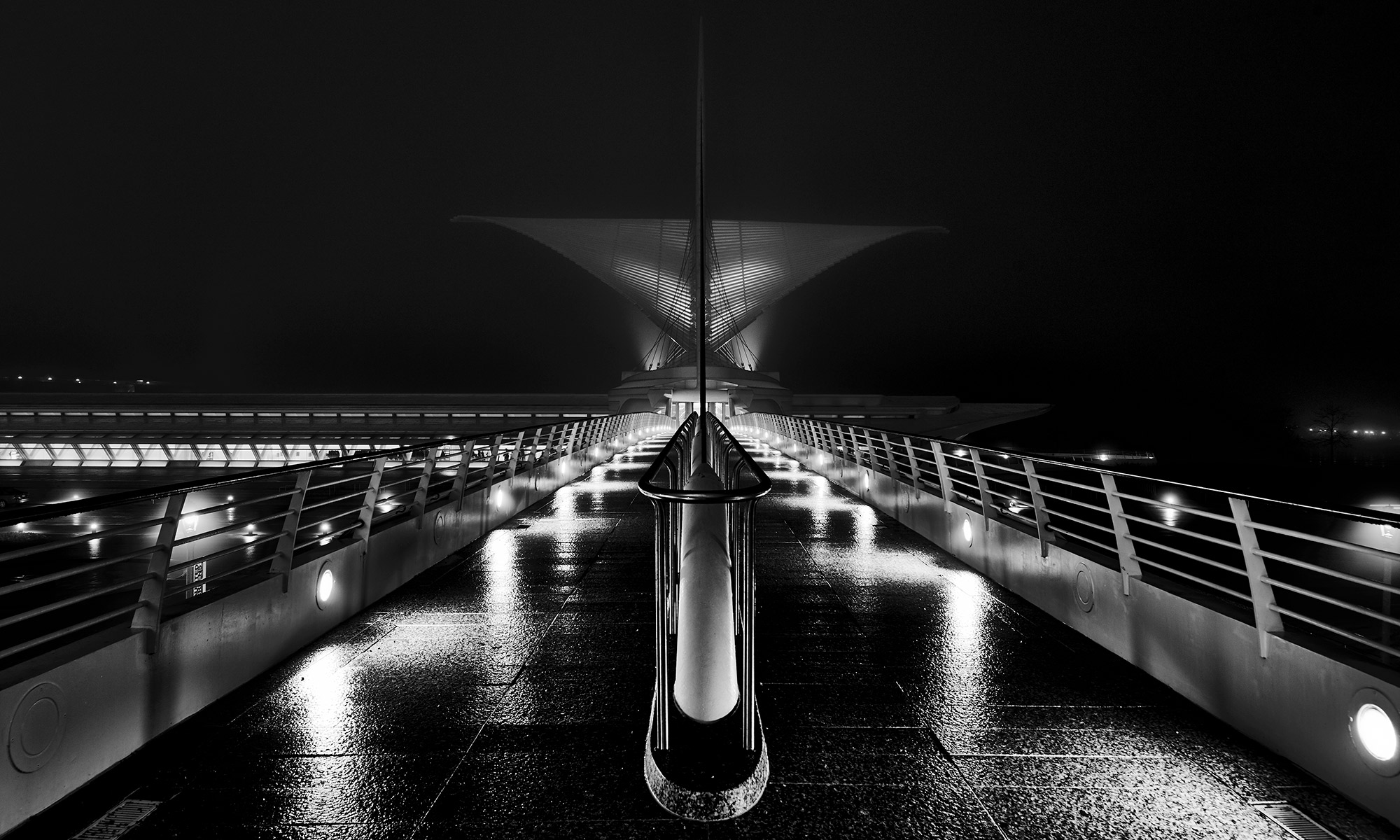
That’s a C-17 globemaster above, not a C-5.
Thanks, corrected.